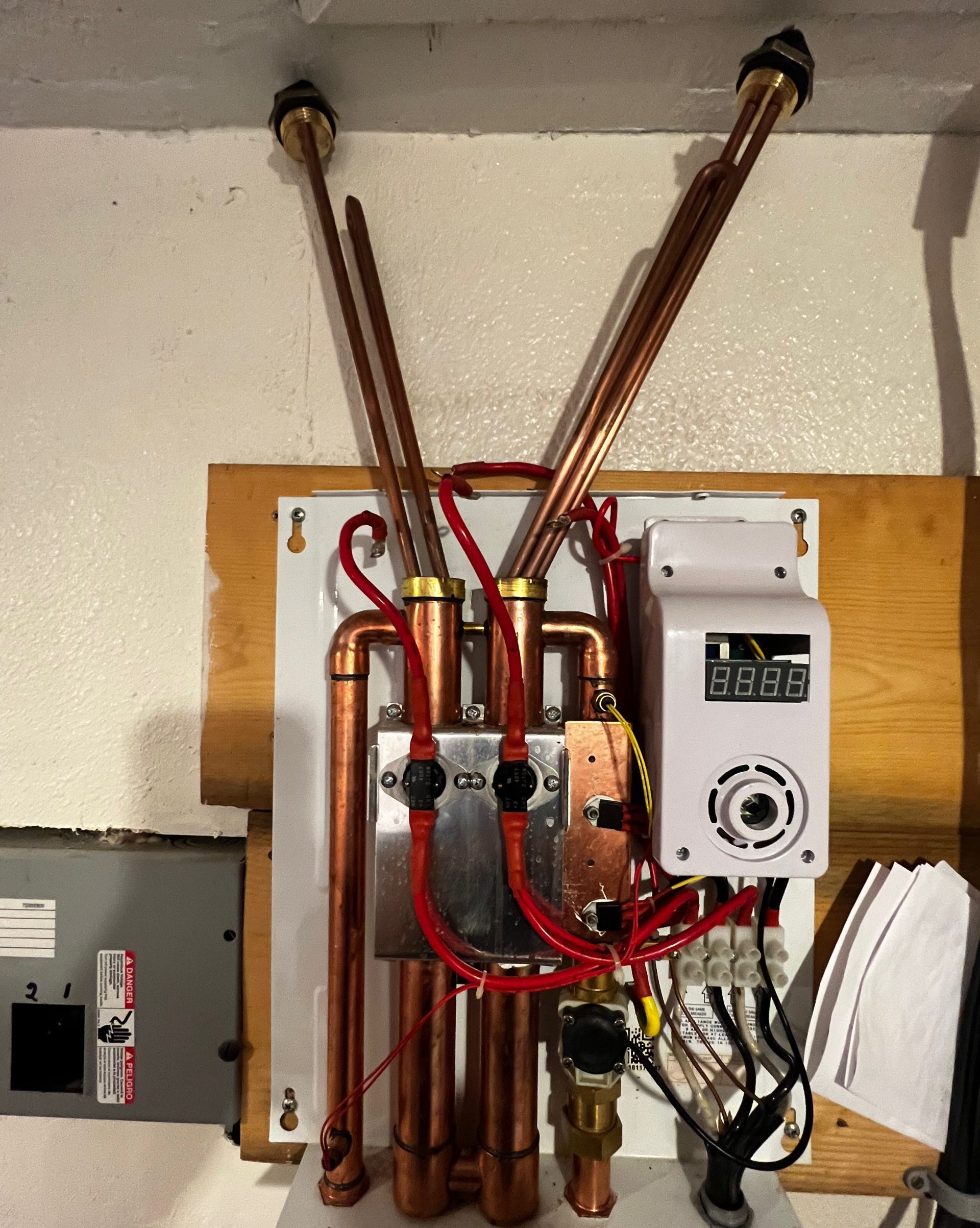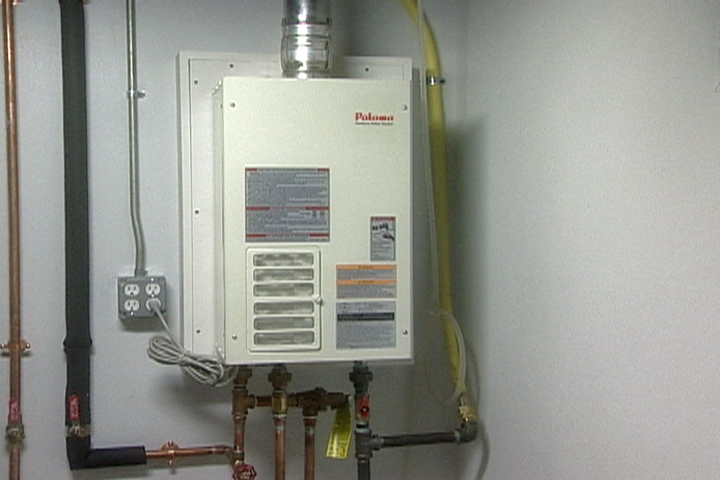Ways to Extend the Lifespan of Your Home's Hot Water System Through Maintenance
Ways to Extend the Lifespan of Your Home's Hot Water System Through Maintenance
Blog Article
Were you trying to locate ideas concerning How to Maintain a Hot Water Heater in a Few Simple Steps?

Hot water is crucial for everyday comfort, whether it's for a revitalizing shower or washing meals. To guarantee your hot water system runs successfully and lasts much longer, routine maintenance is crucial. This article gives useful pointers and insights on how to preserve your home's hot water system to prevent disturbances and costly repair work.
Intro
Maintaining your home's hot water system may appear daunting, however with a few basic steps, you can guarantee it runs smoothly for several years to come. This overview covers everything from comprehending your warm water system to DIY upkeep tips and understanding when to call expert aid.
Importance of Preserving Your Warm Water System
Normal maintenance not only expands the lifespan of your hot water system yet also ensures it runs successfully. Overlooking upkeep can bring about decreased effectiveness, greater energy expenses, and also early failure of the system.
Indications Your Warm Water System Demands Maintenance
Understanding when your warm water system requires attention can avoid significant problems. Keep an eye out for signs such as irregular water temperature, odd sounds from the heater, or rustic water.
Purging the Water Heater
Purging your water heater eliminates debris buildup, enhancing performance and prolonging its life.
Monitoring and Changing Anode Rods
Anode poles prevent corrosion inside the storage tank. Checking and changing them when broken is critical.
Complex Issues Requiring Expert Assistance
Instances consist of significant leakages, electric troubles, or if your hot water heater is continually underperforming.
Routine Professional Maintenance Benefits
Professional maintenance can include comprehensive inspections, tune-ups, and ensuring compliance with safety standards.
Inspecting and Readjusting Temperature Level Setups
Changing the temperature settings guarantees optimal performance and safety.
Do It Yourself Tips for Upkeep
You can do a number of maintenance tasks yourself to maintain your warm water system in leading condition.
Looking for Leakages
Frequently check pipes and connections for leakages, as these can result in water damages and greater bills.
Recognizing Your Warm Water System
Before diving right into upkeep tasks, it's handy to comprehend the basic parts of your hot water system. Typically, this consists of the water heater itself, pipelines, anode rods, and temperature controls.
Month-to-month Maintenance Tasks
Normal regular monthly checks can help capture minor concerns before they rise.
Checking Pressure Alleviation Valves
Testing the pressure safety valve ensures it operates properly and prevents extreme pressure accumulation.
Insulating Pipelines
Insulating warm water pipes minimizes heat loss and can conserve power.
When to Call an Expert
While do it yourself maintenance is valuable, some issues call for professional competence.
Verdict
Normal upkeep of your home's warm water system is crucial for performance, longevity, and price savings. By complying with these ideas and recognizing when to look for specialist help, you can guarantee a trustworthy supply of warm water without unexpected disruptions.
Water Heater Maintenance: The Basics
Maintaining your water heater will ensure it operates efficiently and has a longer lifespan. Neglecting regular maintenance can lead to costly repairs and an even bigger chunk of your savings if you have to replace it sooner than necessary. But there’s good news: Most water heater maintenance tasks are relatively simple and easy for homeowners with basic DIY skills.
Flush the Water Heater
Over time, sediment and minerals can build up in the tank, reducing its efficiency and potentially causing damage. To flush the tank, turn off the power or gas supply, attach a hose to the drain valve near the bottom and open the valve to drain the water until it runs clear. Ideally, flush the tank annually.
Replace the Anode Rod
The anode rod is a sacrificial metal rod that helps prevent corrosion inside the tank. Inspect and replace it every three to five years or per the manufacturer's recommendation. To replace the anode rod, turn off the power or gas supply, drain a few gallons of water from the tank, unscrew the old rod and replace it with a new one. If the anode rod is significantly corroded or covered in calcium buildup, it's a sign the water heater may need to be replaced soon.
Tune-Up
A yearly tune-up can help identify potential issues and ensure your water heater operates at peak efficiency. This typically involves checking the thermostat, burner assembly (for gas heaters) and any other components specified by the manufacturer. During a tune-up, the technician may also clean the burner and adjust the pilot light (for gas heaters) or examine the heating elements (for electric heaters).
How to Maintain Your Water Heater
Insulate the tank. Insulating the tank can improve energy efficiency and reduce heat loss, saving you money on energy bills. You can purchase precut insulation blankets designed specifically for water heaters or use standard fiberglass insulation wrapped securely around the tank. Check the temperature. The recommended water temperature for most households is around 120 degrees Fahrenheit (49 degrees Celsius). Higher temperatures can increase energy costs and potentially cause scalding. Use a kitchen thermometer to check the temperature at the faucet nearest the water heater. Monitor water pressure. Excessive water pressure can strain the water heater and cause leaks or even tank failure. Install a pressure-reducing valve if necessary. The ideal water pressure range is between 60 and 70 PSI (pounds per square inch). Test the temperature and pressure (T&P) relief valve. The T&P relief valve is a safety feature that releases pressure if the tank gets too hot or the pressure builds up too high. Test it annually by lifting the lever and allowing a small amount of water to release. Replace the valve if it doesn't release water or reseal properly. Check for leaks. Regularly inspect the tank, pipes and fittings for leaks or corrosion. Deal with issues promptly to prevent further damage. Even a small leak can lead to significant water damage over time. Consider a tankless water heater. If your traditional tank-style water heater is nearing the end of its lifespan ( typically 10 years), consider replacing it with a tankless water heater. These units heat water on demand, reducing standby energy losses and potentially saving you money on your energy bills. Schedule professional maintenance. While homeowners can perform many water heater maintenance tasks, it's still a good idea to schedule professional maintenance every few years. A plumber or HVAC technician can thoroughly inspect the unit, identify potential issues and ensure it operates safely and efficiently. https://www.homeserve.com/en-us/blog/home-improvement/hot-water-heater-maintanence/

Do you enjoy reading up on What Kind of Maintenance Do Water Heaters Need?? Put a remark further down. We will be delighted to find out your ideas about this review. We are looking forward that you come back again in the near future. Make sure you take the opportunity to distribute this blog if you appreciated it. Thanks so much for going through it.
Request Service Report this page